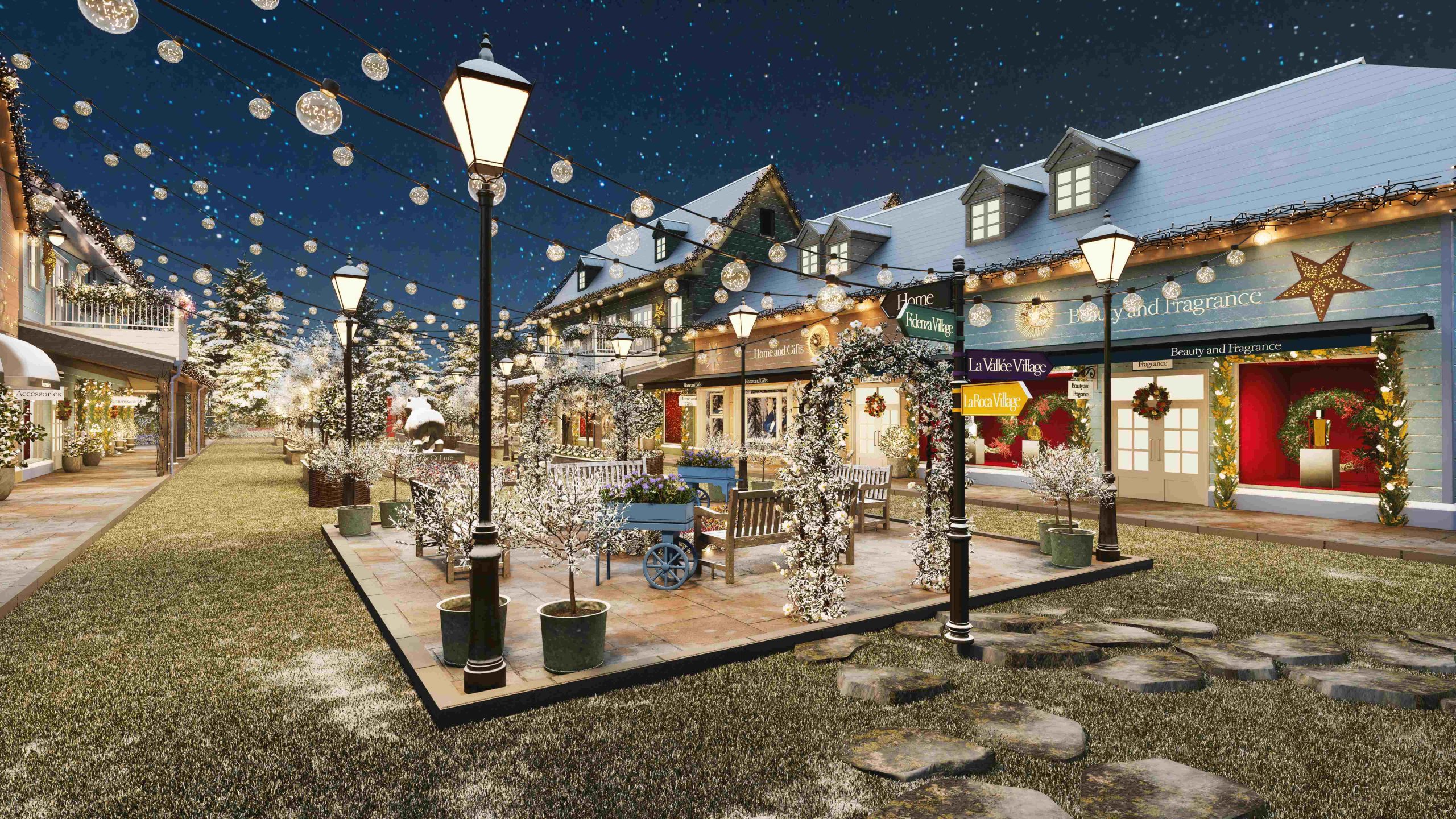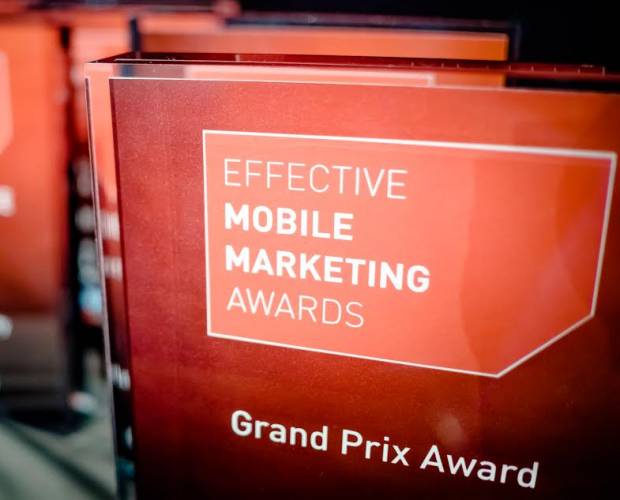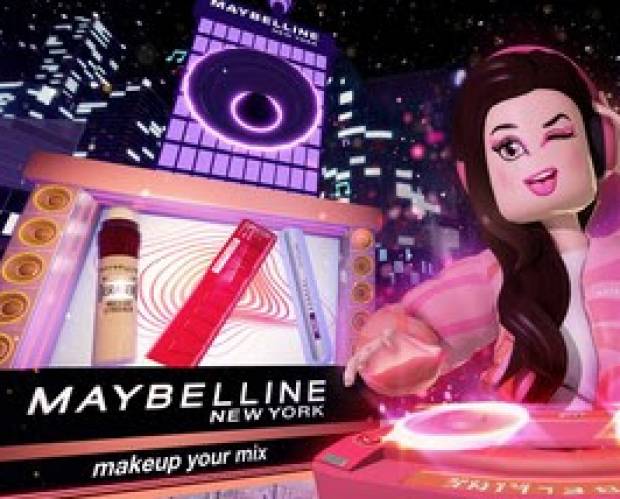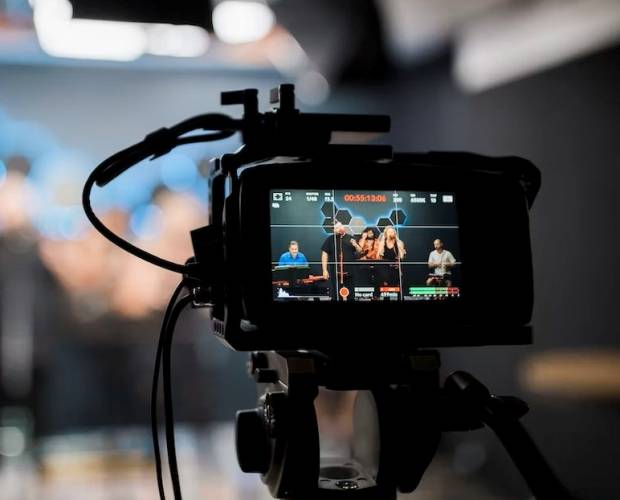WWF Germany and Savespecies launch #Oceandetox metaverse exhibition
- Monday, September 26th, 2022
- Share this article:
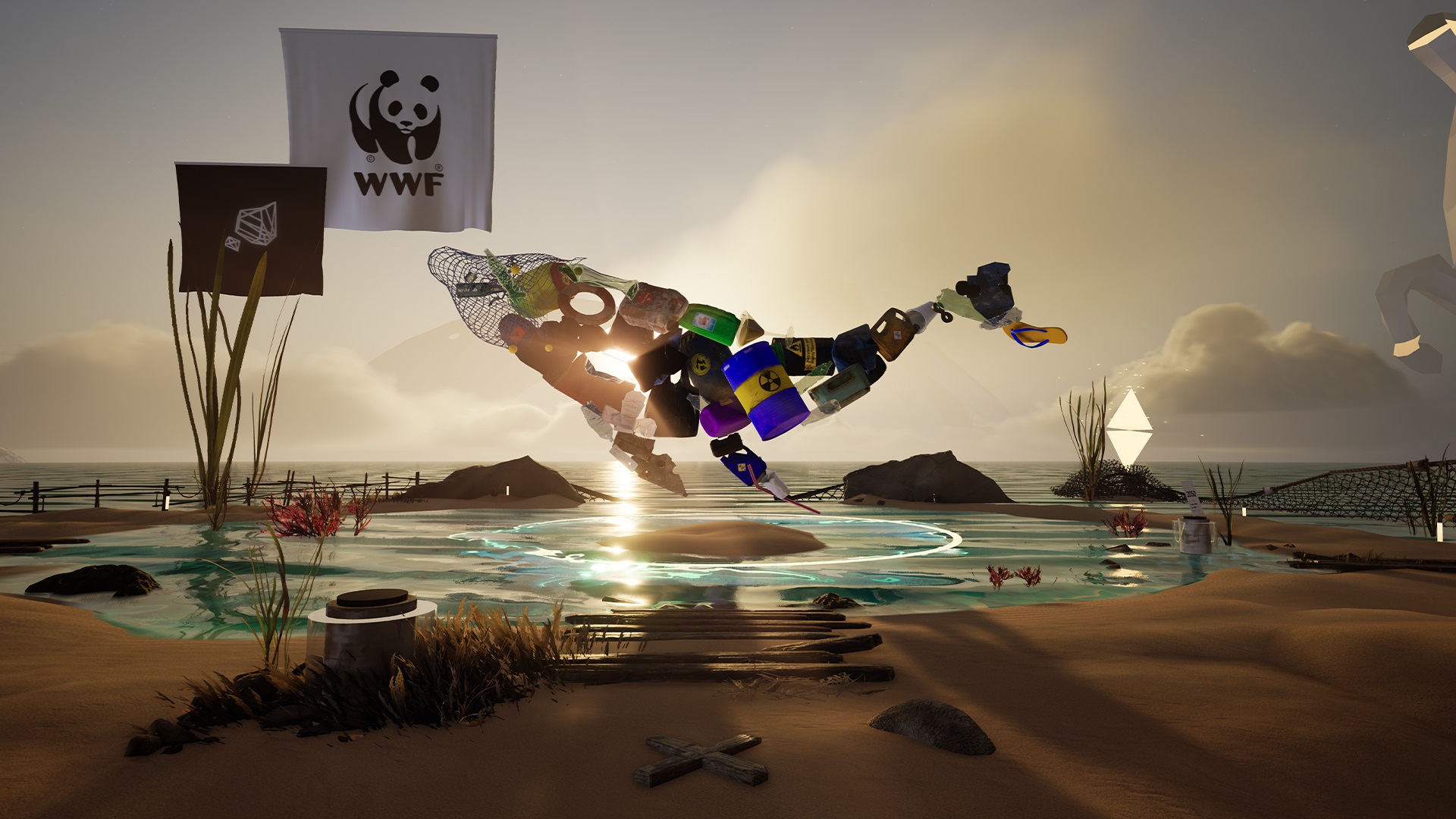 WWF Germany and Savespecies have opened an exhibition space for a good cause in the Metaverse. The #Oceandetox exhibition opened on 17 September to celebrate World Cleanup Day. It aims to raise awareness of the global plastic waste crisis and generate direct support for environmental protection. Users can move around the virtual world created by the Savespecies artists to explore it.
WWF Germany and Savespecies have opened an exhibition space for a good cause in the Metaverse. The #Oceandetox exhibition opened on 17 September to celebrate World Cleanup Day. It aims to raise awareness of the global plastic waste crisis and generate direct support for environmental protection. Users can move around the virtual world created by the Savespecies artists to explore it.
The centrepiece of the exhibition is an anamorphic whale composed of 50 floating plastic waste objects. These can be bought as digital art. One focal point of the global plastic crisis is Southeast Asia – the digital art sale supports, for example, the work of the WWF to combat the real plastic flood in Vietnam.
Last year, WWF Germany launched the ‘Non-Fungible Animals’ campaign: NFTs designed by artists using blockchain technology were used to raise awareness of species conservation and generate proceeds for WWFs species conservation projects. Now, together with Savespecies and the technology company Journee, WWF is taking the next step and bringing art and environmental protection together in the virtual space of the Metaverse.
The WWF warns of a threatening worsening of the rubbish crisis – up to 23m tonnes of plastic rubbish from land end up in the worlds waters every year, which corresponds to about two truckloads per minute. Animals get caught in this waste, for example in old fishing nets, or mistake it for food and often die in agony. It is estimated that 90 per cent of seabirds and half of all sea turtles already swallow plastic parts. Plastic waste decomposes over the years into smaller and smaller microplastic particles that can no longer be removed from the ocean and accumulate in the food chain.
“Environmental protection needs attention and energy, and we are breaking new ground to achieve this,” said Heike Vesper, Head of Transformation at WWF Germany. “We want to raise awareness for global ecological crises such as the plastic flood and the extinction of species, and we are also relying on digital innovation. With this campaign, we are building a bridge between virtual space and nature conservation work.”







